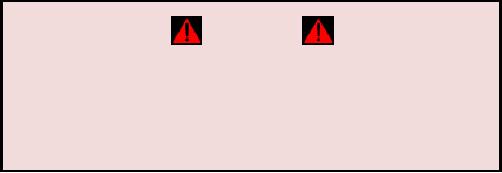
―TOO HIGH FOR SAFE APPROACH‖ If, at one mile, the aircraft target is not touching
and above the glide path cursor.
―TOO FAR RIGHT FOR SAFE APPROACH‖ If, at one mile, the aircraft target is not
touching and right of the centerline cursor.
―TOO FAR LEFT FOR SAFE APPROACH‖ If, at one mile, the aircraft target is not
touching and left of the centerline cursor.
ATCFOs may, in the ATC Facility Manual, clearly state other local conditions defining
―TOO HIGH FOR SAFE APPROACH,‖ ―TOO FAR RIGHT FOR SAFE APPROACH,‖
and ―TOO FAR LEFT FOR SAFE APPROACH‖ for PAR approaches conducted at their
facilities considering such conditions as tower pattern altitudes, existence of parallel
runways, etc.
WARNING
If, after the pilot is instructed ―DO NOT ACKNOWLEDGE
FURTHER TRANSMISSIONS,‖ a missed approach is
issued due to safety limits exceeded or radical target
deviations observed, obtain a specific acknowledgement
from the pilot.
EMERGENCY ASSISTANCE
A primary duty of any ATC operating position is to provide priority assistance and
services to aircraft in emergency situations. This section focuses on those types of
emergencies that might normally be encountered by RADAR controllers. However,
since potential emergencies defy standardization, the best advice we can present on
emergencies is to expect the unexpected.
Start assisting an emergency as soon as you obtain enough information to act.
Requirements
Information requirements vary depending on the existing situation. The minimum
required information for in-flight emergencies is shown in Table 10-2.
10-15

